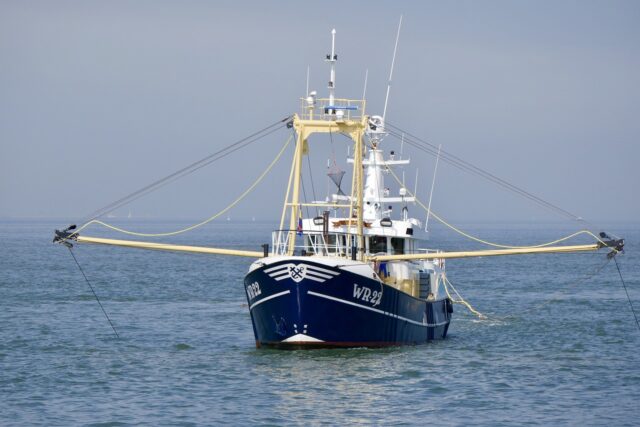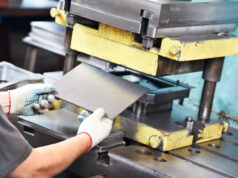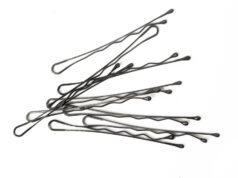Advancements in the seafood processing industry have marked a significant shift towards efficiency and automation, particularly in crab processing. The integration of new technologies is transforming traditional practices, which were often labour-intensive and less efficient. With the application of automation systems, the industry is experiencing an increase in productivity, consistency in quality, and a reduction in the manual effort required. This technological shift ensures the extraction of crab meat is not only faster but also more cost-effective for processors.
The move toward automated crab processing systems has been driven by the need for higher yields and the growing demand for seafood products. Innovative solutions in this sector now enable processors to handle larger quantities of crabs swiftly, minimising the waste and maximising output. The implementation of these technologies also has a positive impact on the sustainability of the industry. Energy-efficient processing equipment and improved preservation methods contribute to a reduction in the environmental footprint of seafood processing, aligning with global efforts to adopt more eco-friendly practices.
Crab processing innovations have brought state-of-the-art machinery and robotics to the forefront, tailoring the operations to be more adaptable and less dependent on human labour. As a result, seafood processors are now better equipped to meet the rising market expectations, ensuring a steady supply of quality crab meat to consumers worldwide. The ripple effect of these advancements is also felt in related sectors such as maritime transport, wherein automation is increasingly adopted for enhanced safety and sustainability in shipping systems.
Disruptive Technologies in Crab Processing
The seafood processing industry is rapidly evolving with the integration of advanced automation and robotics aimed at enhancing efficiency and sustainability. Here’s how these technologies are shaping the future of crab processing.
Automation and Robotics in Sorting and Grading
Automated systems now use robotics coupled with x-ray technology to ensure precision in sorting and grading crabs. This level of quality control is paramount in maintaining product standards and streamlining the production line, substantially minimising the need for manual labour.
Advanced Automation in Meat Extraction
The introduction of a crab plant robot for meat extraction has been game-changing. These advanced automation systems boast high productivity, precision, and can operate continually, reducing labour costs and enhancing the overall yield from each crab.
Innovations in Freezing and Packaging
Efficiency within the freezing and packaging sectors has seen significant improvements with innovative freezers that rapidly reduce the temperature of crab meat. This critical innovation helps in preserving the quality and sustainability of the product, extending its shelf life at optimal conditions.
Reducing Environmental Impact
Technological advancements in crab processing plant are not only efficient but also aim at reducing the environmental impact of fishing. The use of sustainable technologies helps in lowering energy consumption and minimising waste, contributing positively to the ecosystem.
Employment Challenges and Technological Solutions
While automation reduces labour shortages in the seafood processing industry, it also poses employment challenges. The industry is finding solutions by retraining workers for higher-skilled positions in maintenance and technology management.
By deploying these disruptive technologies, the seafood processing industry is able to address several challenges, optimising productivity while remaining sustainable and efficient in its operations. The complete crab processing lines from Carsoe cover every stage of processing, reflecting the potential of such technologies to revolutionise the industry.
Economic and Regulatory Frameworks
The economic and regulatory frameworks surrounding crab processing are increasingly focusing on improving sustainability and efficiency. These frameworks shape the trajectory of the industry, balancing the demands for value and quality with the necessity for sustainability and environmental care.
Sustainability and Economic Viability
The seafood processing industry, particularly for crabs, must not only consider the economic benefits but also the long-term sustainability of the marine environment. Sustainable practices ensure that the value derived from seafood resources does not compromise future harvests. For instance, regulatory frameworks such as NOAA Fisheries’ guidelines have evaluated the impact of the Crab Rationalization Program on small entities, focusing on maintaining viable crab populations while also considering the economic impact on these entities.
Global Regulations and Standards
Global regulations dictate standards for safety, environmental impact, and quality in the seafood processing industry. International Maritime Research and Development Board plans have highlighted initiatives such as a $2-per-ton levy on shipping fuel, underlining the push towards reducing greenhouse gas emissions from maritime activities. These regulations not only promote sustainable practices but also encourage advanced automation and technology to increase productivity within the industry.
The Future of Seafood Processing
Innovations and technology are revolutionising the seafood processing industry. The proliferation of e-navigation systems and business process automation mentioned by the IEEE represents the industry’s investment in digitalization to enhance efficiency and quality control. Integration of artificial intelligence and genetic algorithms aims to optimise processing routes and manage resources more effectively. This evolution points to an upward trajectory in achieving a balance between heightened productivity and environmental responsibility.








